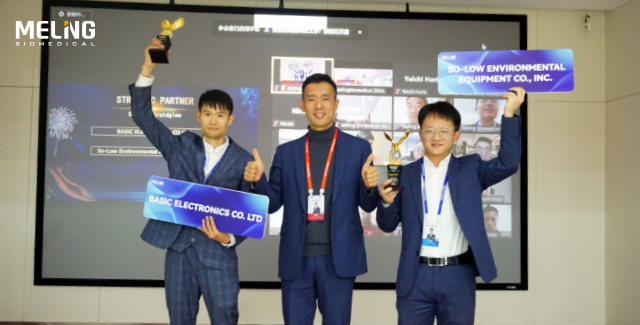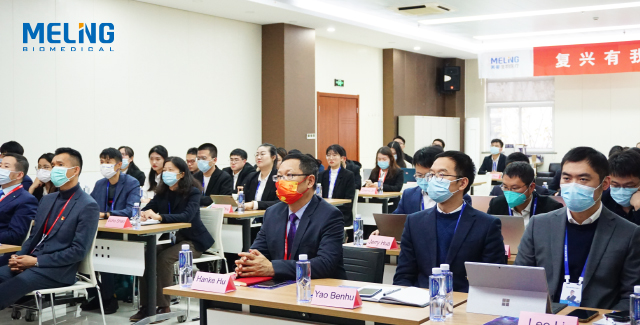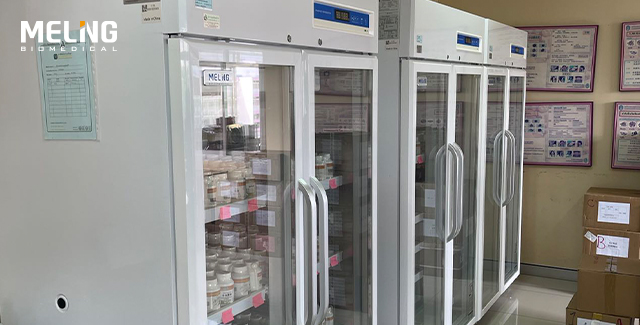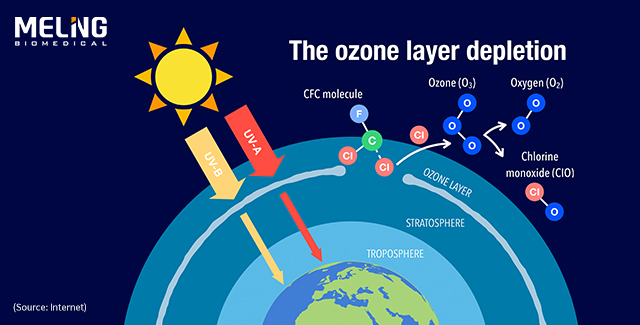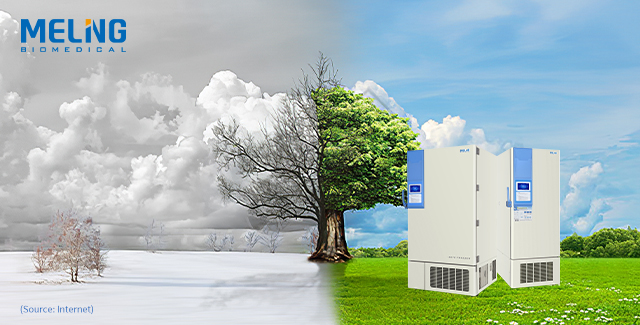Alumina Ceramic Substrates and the Future of Sustainable Electronics
As the world shifts toward more environmentally conscious practices, the electronics industry is also taking steps to reduce its carbon footprint and improve sustainability. One of the materials playing a significant role in this transformation is alumina ceramics. These substrates are becoming increasingly important in the development of energy-efficient, durable, and sustainable electronic devices. In this blog post, we will explore the connection between alumina ceramics and the future of sustainable electronics, delving into their environmental benefits, key applications, and how they contribute to the development of greener technologies.
The Growing Need for Sustainable Electronics
The global demand for electronics continues to soar, with advancements in everything from smartphones and wearable devices to electric vehicles and renewable energy systems. However, this increase in production also leads to higher energy consumption, more electronic waste, and a greater need for raw materials. As a result, manufacturers and researchers are looking for innovative solutions to reduce environmental impact while maintaining high performance and reliability in electronic products.
Sustainability in electronics revolves around three main principles: energy efficiency, longevity, and recyclability. To achieve these goals, materials used in electronic devices must possess properties that help reduce energy consumption, increase the lifespan of products, and minimize the environmental impact when the devices reach the end of their lifecycle. Alumina ceramics have emerged as one of the key materials supporting these efforts.
Alumina Ceramic Substrates: A Sustainable Material
Alumina ceramics are made from aluminum oxide (Al₂O₃), a naturally abundant and non-toxic material that is known for its excellent thermal conductivity, electrical insulation, and mechanical strength. These properties make them an ideal choice for use in a wide range of electronic applications, especially those that require durability and thermal management.
One of the main advantages of alumina ceramic substrates is their high thermal conductivity, which helps dissipate heat efficiently in electronic devices. As electronic components become smaller and more powerful, managing heat generation is critical to preventing damage and ensuring longevity. Alumina’s ability to conduct heat away from sensitive components helps improve the overall energy efficiency of devices and reduces the need for additional cooling systems, which in turn lowers the device’s environmental impact.
In addition to their thermal properties, alumina substrates are highly durable, resistant to corrosion, and able to withstand extreme temperatures. These qualities enhance the lifespan of electronic devices, reducing the need for frequent replacements and, consequently, minimizing electronic waste. By extending the life of products, these materials play an essential role in promoting the longevity of electronics and supporting a more sustainable, circular economy.
Key Applications of Alumina Ceramics in Sustainable Electronics
-
Power Electronics: Power electronics, which manage and convert electrical energy in devices such as electric vehicles, solar panels, and wind turbines, require materials that can handle high voltages and temperatures. Alumina ceramic substrates are used in power modules for these applications due to their excellent electrical insulation properties and thermal conductivity. This ensures efficient energy conversion, reducing power loss and improving overall system efficiency.
-
LED Lighting: LED technology has revolutionized the lighting industry by providing energy-efficient alternatives to traditional incandescent bulbs. Alumina ceramics are commonly used in the manufacturing of LED packages, where their superior heat dissipation capabilities help maintain optimal performance and extend the life of the LEDs. This reduces the frequency of replacements and lowers energy consumption, making LED lighting a more sustainable option for consumers.
-
Semiconductors: The semiconductor industry is another sector where alumina ceramic substrates are making a significant impact. These substrates are used in semiconductor devices that power everything from computers to consumer electronics and renewable energy systems. The ability of alumina to manage heat and provide electrical insulation is critical for improving the efficiency of semiconductor components, thus contributing to the overall energy efficiency of electronic devices.
-
Electric Vehicles (EVs): Electric vehicles are a cornerstone of the push for greener transportation, and alumina ceramic substrates are integral to the performance of EVs. They are used in power electronic systems, including inverters and converters, which regulate the flow of electricity between the battery and the motor. By improving the thermal management of these systems, alumina substrates help ensure that EVs operate efficiently, extending battery life and reducing overall energy consumption.
Environmental Benefits of Alumina Ceramic Substrates
The environmental benefits of alumina ceramic substrates are numerous and diverse. First and foremost, alumina is a naturally abundant material that is both non-toxic and fully recyclable. This makes it a sustainable alternative to other materials that may have more harmful environmental effects during extraction or disposal.
Moreover, the use of alumina substrates in electronic devices contributes to energy efficiency. By enabling better heat management and reducing the need for additional cooling systems, alumina helps lower the overall energy consumption of electronic devices. As energy consumption decreases, so does the carbon footprint associated with manufacturing and using these products.
Finally, alumina’s long lifespan helps reduce electronic waste. With its durability and ability to withstand extreme conditions, devices that incorporate alumina ceramic substrates tend to last longer, reducing the frequency of replacements. This contributes to a more sustainable lifecycle for electronic products, which is essential as the world grapples with the growing issue of e-waste.
The Road Ahead: Innovations in Sustainable Electronics
As the demand for sustainable electronics grows, so too will the innovations in materials like alumina ceramic substrates. Researchers are continually exploring ways to enhance the performance and sustainability of these substrates. Some promising developments include the use of advanced manufacturing techniques to improve the precision and efficiency of alumina substrates, as well as the development of new composite materials that can further enhance their thermal and electrical properties.
Additionally, as the electronics industry moves toward more sustainable practices, there is an increasing focus on improving the recyclability of alumina substrates. While alumina is already a recyclable material, efforts to streamline the recycling process and ensure that these substrates can be repurposed at the end of their lifecycle will play a crucial role in reducing the environmental impact of electronics.
Conclusion
Alumina ceramics are poised to play a significant role in the future of sustainable electronics. With their excellent thermal management, durability, and recyclability, these materials are helping to create energy-efficient, long-lasting electronic devices that contribute to a more sustainable future. As the demand for greener technologies continues to rise, alumina ceramic substrates will undoubtedly be a key player in driving the industry toward a more environmentally responsible and energy-efficient future.




